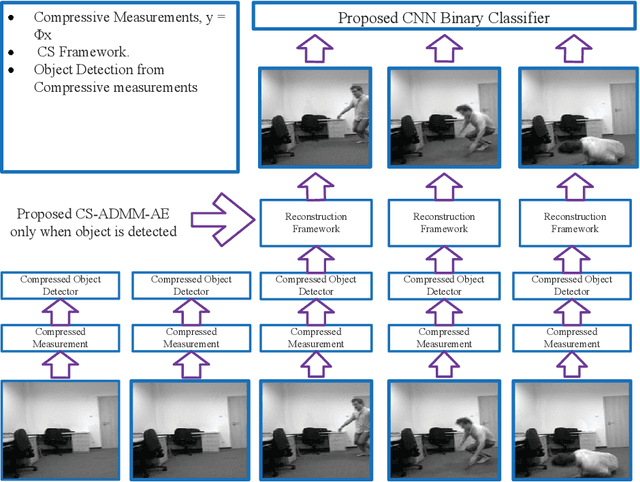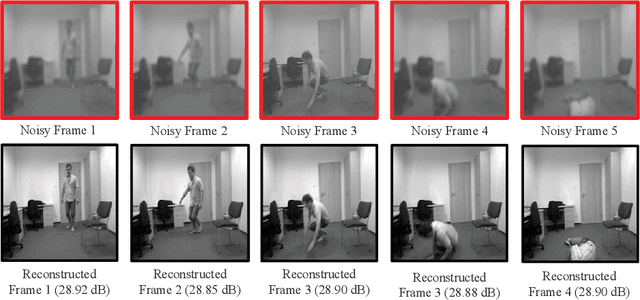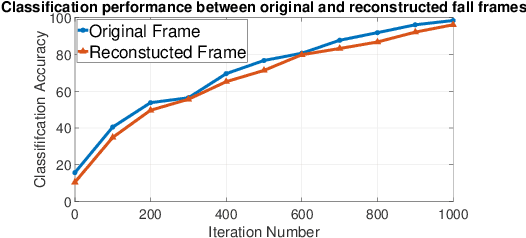Abrar Zahin
Robust Model Selection of Non Tree-Structured Gaussian Graphical Models
Nov 10, 2022Abstract:We consider the problem of learning the structure underlying a Gaussian graphical model when the variables (or subsets thereof) are corrupted by independent noise. A recent line of work establishes that even for tree-structured graphical models, only partial structure recovery is possible and goes on to devise algorithms to identify the structure up to an (unavoidable) equivalence class of trees. We extend these results beyond trees and consider the model selection problem under noise for non tree-structured graphs, as tree graphs cannot model several real-world scenarios. Although unidentifiable, we show that, like the tree-structured graphs, the ambiguity is limited to an equivalence class. This limited ambiguity can help provide meaningful clustering information (even with noise), which is helpful in computer and social networks, protein-protein interaction networks, and power networks. Furthermore, we devise an algorithm based on a novel ancestral testing method for recovering the equivalence class. We complement these results with finite sample guarantees for the algorithm in the high-dimensional regime.
A Machine Learning Based Framework for the Smart Healthcare Monitoring
Apr 04, 2020



Abstract:In this paper, we propose a novel framework for the smart healthcare system, where we employ the compressed sensing (CS) and the combination of the state-of-the-art machine learning based denoiser as well as the alternating direction of method of multipliers (ADMM) structure. This integration significantly simplifies the software implementation for the lowcomplexity encoder, thanks to the modular structure of ADMM. Furthermore, we focus on detecting fall down actions from image streams. Thus, teh primary purpose of thus study is to reconstruct the image as visibly clear as possible and hence it helps the detection step at the trained classifier. For this efficient smart health monitoring framework, we employ the trained binary convolutional neural network (CNN) classifier for the fall-action classifier, because this scheme is a part of surveillance scenario. In this scenario, we deal with the fallimages, thus, we compress, transmit and reconstruct the fallimages. Experimental results demonstrate the impacts of network parameters and the significant performance gain of the proposal compared to traditional methods.
 Add to Chrome
Add to Chrome Add to Firefox
Add to Firefox Add to Edge
Add to Edge